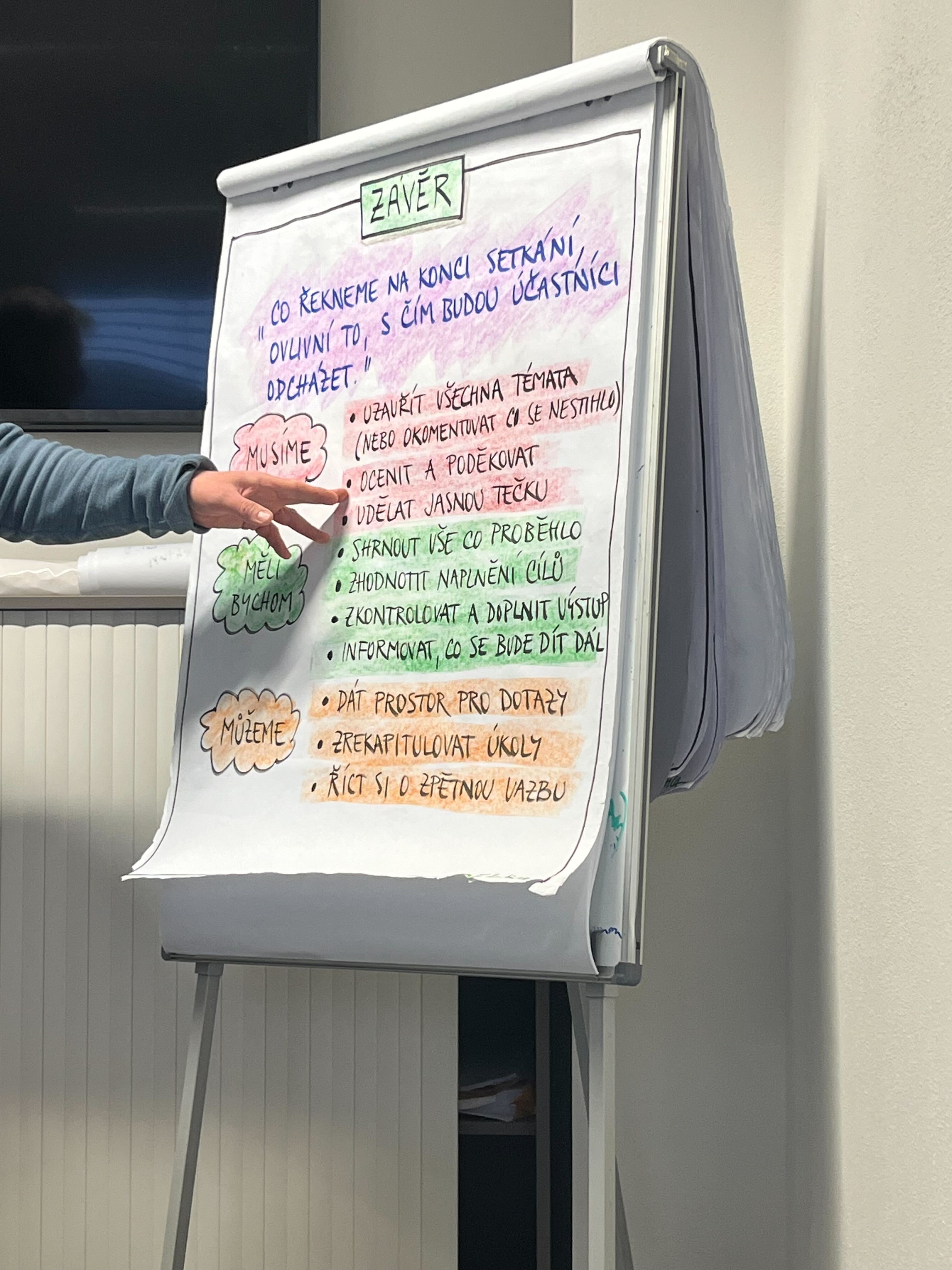To ensure success in a company/family/relationship, everyone must first learn to communicate together. And with this motto, we've decided to kick off a series of workshops on the topic of COMMUNICATION. Because we enjoy sharing new knowledge, we've decided to write a few topics here on our blog.
Today, we'll be focusing on the topic of Facilitation.
WHAT TO EXPECT UNDER THIS TERM?
It's a method aimed at facilitating interpersonal communication. This means that facilitation aims to make communication clear, understandable, effective, constructive, non-conflictual, etc. The purpose of facilitation is to effectively achieve the goal of communication while ensuring the participants' satisfaction. This is achieved mainly through preparation, process leadership, and the use of appropriate tools and techniques by the facilitator.
WHEN TO USE FACILITATION?
When you need to:
- Utilize the potential of all participants
- Involve people in the process
- Make fundamental decisions
- Achieve a high level of understanding
- Strengthen relationships within the group
It's ideal to involve the role of an impartial Facilitator in the process. Why is this beneficial?
- They are neutral regarding content
- They are neutral in relation to participants
- They are responsible for the process and task fulfillment
- They lead the group during the meeting but don't lead the group itself
PREPARATION FOR A FACILITATED MEETING
Consider:
1. Subject, product (task):
- What is our goal?
- Why are we organizing this meeting?
- What is its main goal?
- What happens if the meeting doesn't take place?
- How will we know if we've succeeded?
- What should be its tangible outcome?
- What else could be the outcome of the meeting?
2. Participants:
- Who will attend the meeting?
- What might be the contribution of individual participants?
- What are their expectations?
- What should be their role?
3. Potential problems:
- What problems and challenging situations could arise during the meeting?
- How can we prevent the possibility of not achieving the desired outcome and fulfilling the purpose of the meeting?
4. Process:
- What steps should we take during the meeting to achieve the meeting's objective, considering the desired outcome, present participants, and potential problems?
- What specific techniques will we use?
- How much time will we need for individual steps and for the whole session?
5. Preparation:
- Invitation: What should the invitation look like and when should it be sent?
- Practicalities: Time, space, technique, aids, printed materials for participants.
- Program: Order of topics and time schedule.
- Rules: What rules could help this meeting?
- Notes: Own notes for the facilitator to capture the flow of the meeting.

"What we say at the end of a meeting will influence what participants take away with them."
We must:
- Close all topics (or comment on what has not been covered)
- Appreciate and thank
- Make it clear that the meeting is over
We should:
- Sumarize everything that happened
- Assess the fulfillment of goals
- Check and add to the outcomes
- Inform participants about next steps
We can:
- Provide space for questions
- Recapitulate tasks
- Ask for feedback
If you prefer efficient meetings that quickly reach a conclusion and have a clear outcome, facilitation could be a good choice for you.






